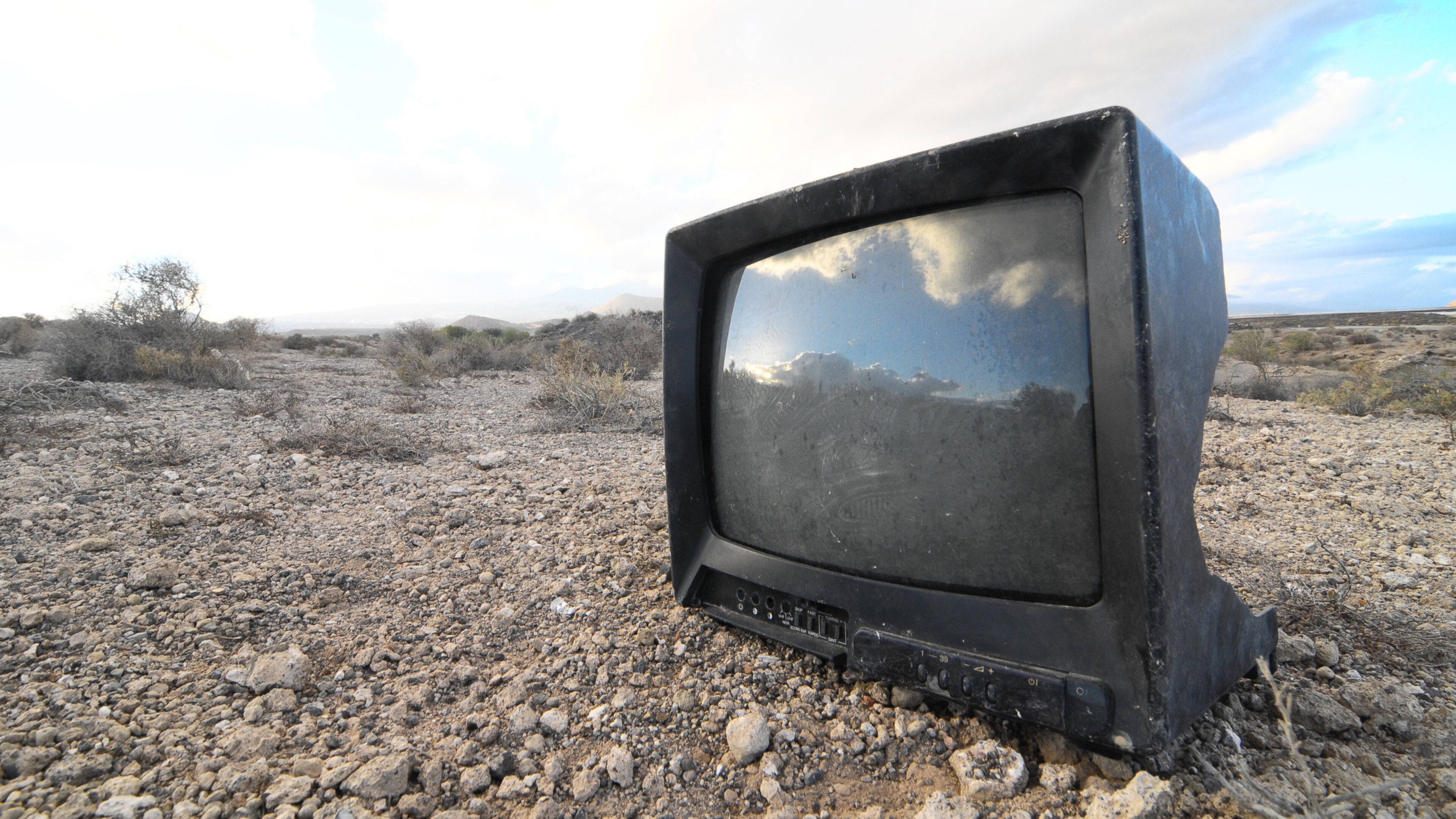
For many, the allure of cutting the cord centered on cost-savings and the simplicity of having access to the expansive entertainment catalogues not available from traditional broadcast and cable networks. However, as the streaming wars have heated up, costs are rising for consumers and navigating the ever-changing content landscape has become increasingly complicated. With news coming out seemingly every day of price changes, new platforms, mergers and acquisitions, content bouncing between services, and more, trying to figure out the best and most cost-efficient streaming options can be next to impossible.
As we look into the future of the streaming business, there are (at least) four current and potential complications that could throw a wrench into your ability to stream as easily as you would like.
Threat #1 - Price Hikes
After nearly two years of a pandemic that has been a boon to streaming services, we have heard about price increases from nearly every platform across the board. In November, Hulu announced that its Live TV option would increase by $5 per month, then in January, Netflix confirmed price hikes from $1 to $2 per month, depending on the specific subscription plan. In addition on Friday, Feb. 18 Amazon will raise the price of its Prime membership by $20 per year or $2 per month; included in that membership is access to Amazon’s Prime Video service.
Then, during Disney’s much-celebrated earnings call last week, CEO Bob Chapek hinted at the possibility of a price increase for the ever-expanding Disney+ service. He said that as shows that were temporarily impacted by pandemic shutdowns continue to roll out over the rest of 2022, the company anticipated interest in the platform to continue to increase.
“I think that will give us the impetus to increase that price/value relationship even higher and then have the flexibility if we were to so choose to then look at price increases on our service,” Chapek said.
With the vast majority of streaming services announcing – or at least hinting at – price jumps, the cost-benefit of cord-cutting continues to dissipate. Given other real-world implications of the pandemic, including inflation, job loss, the Great Resignation, and more, keeping up your streaming habit could quickly become cost-prohibitive.
Threat #2 - Content Proliferation
Coupled with price increases seemingly across the board, as more and more conglomerates announce forays into streaming, it becomes harder and harder for consumers to keep up with what services they need to subscribe to in order to stream their favorite content.
Last week, NBCUniversal announced that beginning this fall, they would be moving their next day streaming availability of NBC programs from Hulu (of which they currently own 33%) to Peacock (of which they own 100%). This move means that subscribers who have previously been able to watch shows like “The Voice,” “Saturday Night Live,” the “Law & Order” franchise, and more on Hulu will now have to begin ponying up for Peacock if they want to be able to stream the shows the morning after they air.
This move by NBC could also be the first step in completely severing their partnership with Disney on the streamer. Speculation indicates that the move to have their next-day content on their own in-house platform will eventually be followed by the transferring of their archives exclusively to Peacock as well, allowing Disney to buy out NBCUniversal and own all of Hulu independently.
However, Disney is not sitting idly by as other networks make moves around them. We also learned last week that the six Marvel “Defenders” series that originally aired on Netflix will be departing their original home at the end of the month. While it has not yet been confirmed, it would seem logical that “Daredevil,” “Jessica Jones,” “Luke Cage,” “Iron Fist,” “The Defenders,” and “The Punisher” would eventually migrate to Disney+, especially considering that “Daredevil” characters Matt Murdock (played by Charlie Cox) and Kingpin (Vincent D’Onofrio) have already begun making appearances in MCU-proper projects.
With the constant shuffling of intellectual property, it is becoming increasingly difficult for average consumers to keep up with where their favorite series and movies can be found. And with new platforms popping up every year and reclaiming the rights to their intellectual property, many fans have already hit a saturation point when it comes to the number of streamers that they are willing to subscribe to.
Threat #3 - Governmental Involvement
Until now, streaming services have essentially operated outside of the confines of the federal regulations that govern their broadcast counterparts. Currently, the FCC is exploring requiring streaming services and ISPs to contribute to the Universal Service Fund. This fund requires traditional telecommunications companies to contribute for their usage of phone service, which is overseen by the government.
However, as streaming is putting an increased burden on broadband technologies around the country, the oversight agency is opening up the possibility of requiring streamers to contribute to the subsidy. The FCC is currently accepting comments from stakeholders as the recently passed Infrastructure Investment and Jobs Act looks to add a $65 billion investment to broadband nationwide.
If the government ends up requiring streamers to contribute to the USF, undoubtedly that cost will eventually be passed on to consumers, increasing the financial burden required to stream shows and movies.
Threat #4 - Data Caps
Since the early days of cell phones, data caps have been a tricky hurdle for service providers and their customers to clear. With the influx in streaming, many ISPs have imposed data caps, or a limit to which each customer can use the fastest connection speeds available. Once a user meets their predetermined limit, they are then subject to slower speeds; which is obviously frustrating for consumers who completely rely on the internet for news, work, and entertainment.
The issue of data caps has become even more complex as net neutrality laws are being litigated across the country. In federal court, broadband providers are currently arguing that California’s law would incentivize service providers to throttle back the speeds of streaming services owned by competitors while providing the fastest speeds exclusively to their in-house streamers.
While some ISPs have announced that they are completely abandoning data caps in certain parts of the country, others have essentially forced consumers to ration their streaming from certain services in order to avoid reaching their caps.
As an example, Netflix says that the platform’s HD streams use an estimated 3GB of data per hour, while their 4K streams require roughly 7GB per hour. At 4K, that means that in approximately 40 hours of viewing, consumers will reach 1.2TB of data, which is equivalent to Xfinity’s current monthly internet data cap.
With every announcement of a new streaming service, or the expansion of an existing one, there is an obvious excitement about the possibility of what the future holds for the individual platforms and the industry as a whole. However, with more and more major companies getting involved in the streaming game, these types of financial and logistical complications are unlikely to go away anytime soon. So, more and more consumers are likely going to be forced to pick and choose the content that they are willing to pay for, which could be in complete opposition to why they cut the cord in the first place.
